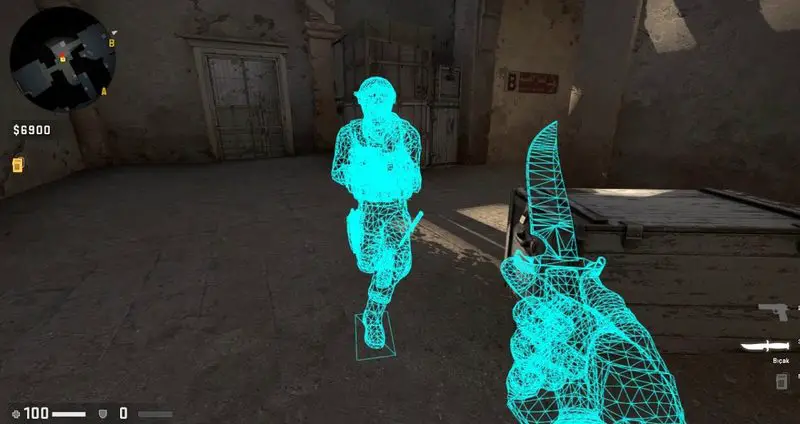

To overcome this issue, you can use dumpers such as tuxdump or hazedumper. If it’s still valid, it may be static and you can use it in the cheat.Īfter the game was updated, certain offsets and addresses may be changed, since some parts have been re-compiled, added or removed. An easy approach to determine whether a given pointer is static or not is to add it to list in Cheat Engine and restarting the game multiple times. The pointer scan feature of Cheat Engine helps when performing this analysis step by searching for all pointers that point to a given address, like the beginning of the CBaseEntity. Please keep in mind that you need a static pointer for this or otherwise the pointer may not be valid after a game restart. This means that it’s possible to use these multi level pointers to consistently find the desired data structures in memory, even across game restarts. Note: This data structure is sometimes also called “player base” or “local player”. This library contains a static pointer to a data structure in game memory that in turn contains the CBaseEntity object of the current player at a specific offset: The game executable and the loaded libraries may contain static pointers that lead to the start of a data structure in game memory at runtime.įor example, the shared object that manages the players in the game is called client_panorama_client.so. To get around this, a static pointer to the address or a static pointer to a pointer (and so on) to the address are required. Please note that it’s not as simple as finding a memory location and using the address of the memory structure in the hack because this value changes upon restarting the game. For example, enemy locations can be read and other values can be written in order to achieve a certain goal. All values present in that memory structure can be found in the SDK source code.Ī general approach is to find the exact location of these data structures in the game memory in order to analyze and reverse engineer them. The class CBaseEntity is, among other things, responsible for managing the data of player objects. The developers of CS:GO however applied some changes in regard to the released SDK, so some things may still be different in the actual game memory. Objects and structures in this memory are structured according to the game engine’s source code. The game wouldn’t show it of course, but the information is present in the process memory. Once a game client is connected to a network game, it doesn’t only know the local player’s health and location but also the respective values of all team mates and enemies. The memory layout can be inspected with cat /proc//maps. This also includes the shared objects that are present in the target memory. Once Cheat Engine is attached to the CS:GO process, it can access the whole memory space of that process. This setup is semi-stable but still the best for Linux at the moment, at least in my opinion :) Basics Of course, ceserver has to be run as root in order to read and write memory of arbitrary target processes.

The GUI can then be connected to the server using a local socket. It’s possible to launch the Linux version of ceserver natively and launch the GUI using wine.
STEAM COUNTER STRIKE HACK WINDOWS
In the Windows world, there’s handy tool called Cheat Engine that is capable of all the required tasks, like: There are pince and scanmem available but they only provide a limited set of the required features.
STEAM COUNTER STRIKE HACK CODE
Linux lacks of good tools to perform the kind of analysis tasks required to code a cheat like this.


 0 kommentar(er)
0 kommentar(er)
